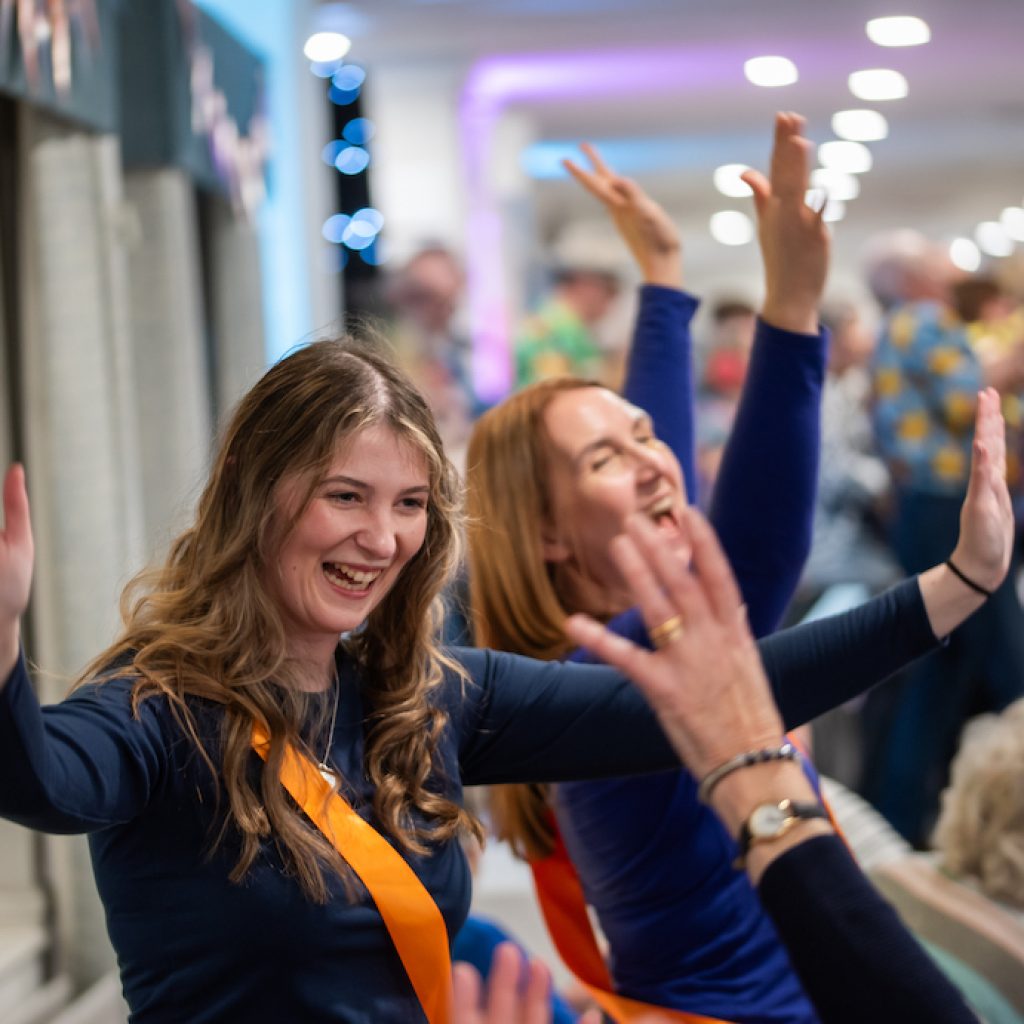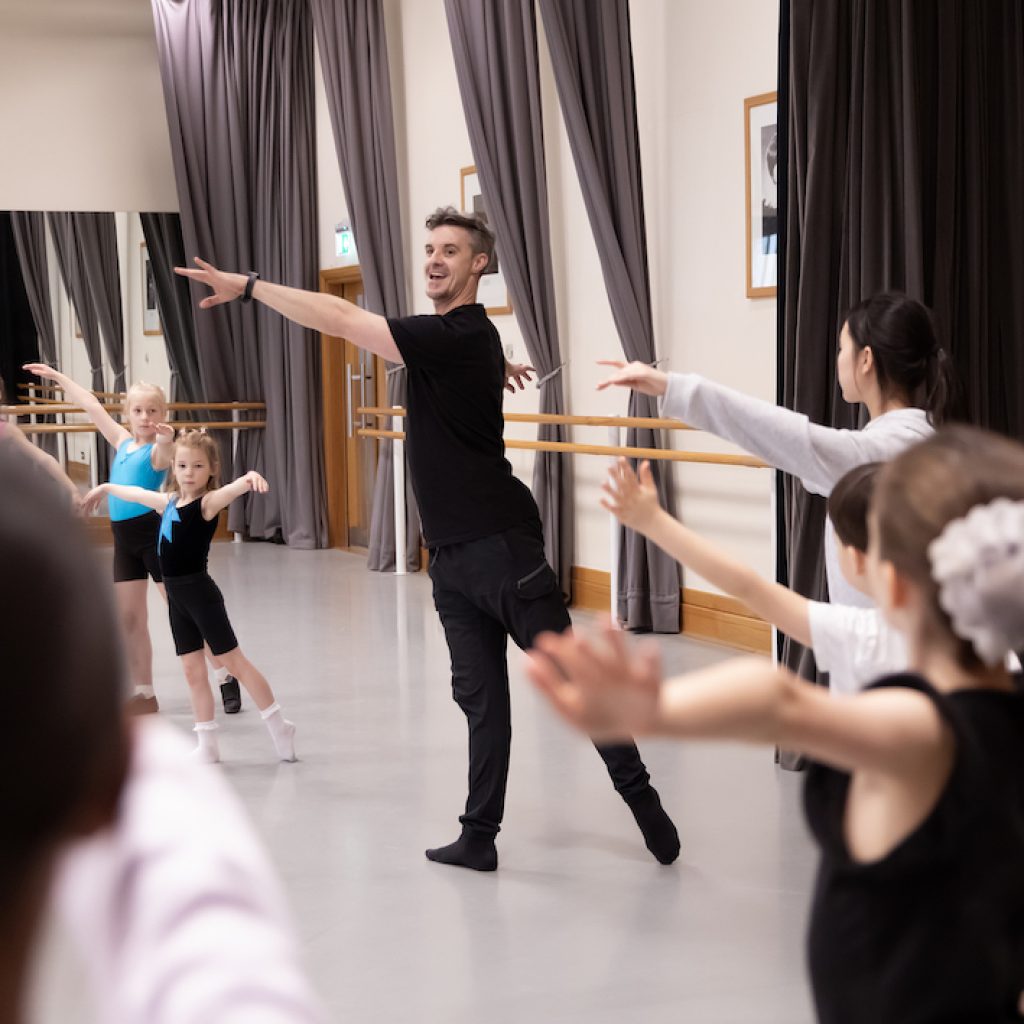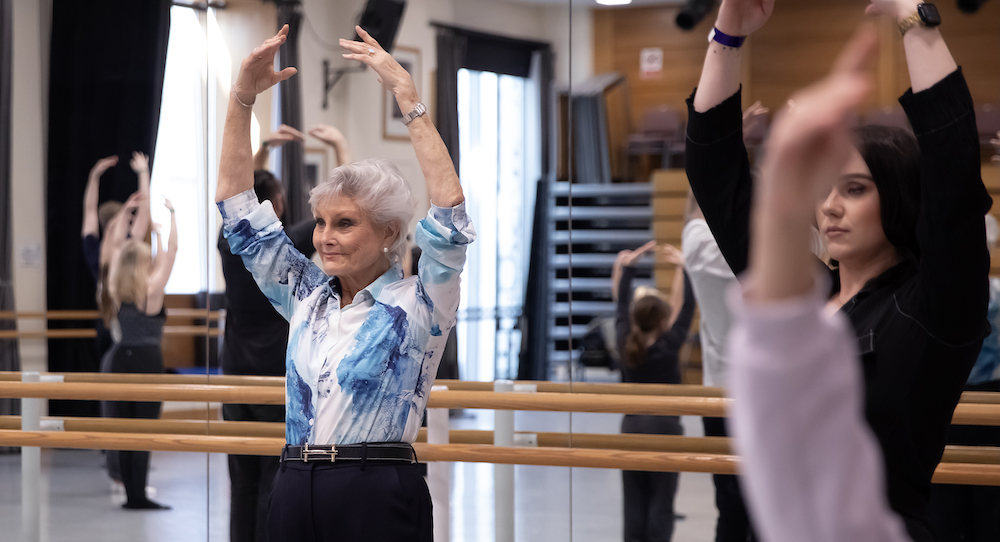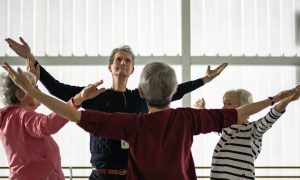A bold new campaign is sweeping across Britain — one step at a time.
Let’s Dance is a nationwide movement encouraging people of all ages, backgrounds and abilities to embrace dance not for performance, but for participation. It aims to frame dance as a tool for health, happiness, and human connection, with ambitions to embed it into the very fabric of everyday life for everyone.
“Dance has such a profound impact on people’s lives – not just physically, but emotionally. Whether it’s a waltz in your living room or a salsa class in a community hall, dancing gives us freedom, joy, and connection,” said Angela Rippon, CBE, the founder of Let’s Dance, at the campaign’s launch. The celebrated journalist, TV presenter and passionate advocate for healthy ageing has become the face of Let’s Dance, bringing her lifelong love of movement — and her media influence — to the national campaign.

At its core, Let’s Dance is built on the belief that dancing is a powerful vehicle for improving both physical and mental wellbeing. It also fosters community, reduces isolation, and supports lifelong learning. The campaign’s ultimate goal is to establish a National Day of Dance, and keep the momentum going year-round with classes, events, and outreach across the UK.
But this is more than just a feel-good initiative. Let’s Dance is closely aligned with the UK Government’s healthy ageing strategy and enjoys high-level backing from the Sport and Recreation Alliance, the NHS, The Together Organisation, a number of leading medical charities, and leading dance organisations.
Chair of the Initiative Ginny Brown’s leadership through the Imperial Society of Teachers of Dancing (ISTD), where she serves as CEO, has been instrumental in giving Let’s Dance support through the profession itself. The ISTD is one of the world’s leading dance examination boards and, with others such as the Royal Academy of Dance, People Dancing, CDMT and One Dance UK, has mobilised a network of teachers and studios across the UK as part of the initiative. Collectively, they’ve offered accessible community classes and events tailored to different age groups and abilities – especially older adults who may not have had many opportunities to dance previously.
“It’s about galvanising the people on the ground – to give them a voice and recognise the brilliant work they already do,” Brown says of the industry call to arms.

During the inaugural National Day of Dance in March, dance schools throughout the four nations of the UK – England, Scotland, Wales and Northern Ireland – threw open their doors for free classes, performances and community celebrations. Participants sampled more than 14 styles of dance, with a quarter trying it for the first time or after a long break.
Feedback has been overwhelmingly positive. Of the 20,000+ responses collected, people reported improved confidence, better mobility and balance, reduced loneliness, and most importantly – a renewed sense of joy and purpose. Over 90% said they’d like to continue dancing.
The data is now being analysed by Professor Angela Pickard of Canterbury Christ Church University and Sport and Recreation Alliance to assess the wider impact on wellbeing, social connection, and even local economies.
Dance teachers from all organisations, genres and backgrounds have certainly risen to the challenge across Britain! The inaugural National Day of Dance in March saw dance schools across the UK including the Royal Ballet School and a hub of 12 schools at The Eden Project in Cornwall came together in support of the initiative. Hubs also banded together in Scotland at in Scotland at Dumfries House, where His Majesty the King allowed organisers to work with Scottish Ballet and Age UK to bring over 160 pensioners for a day of dance. There were two further hubs across the sea in Northern Ireland.

Teachers reported this unity had ripple effects, not least socially. As one Northern Ireland organiser reflected, “It was the first time all of us have actually had an opportunity to get together. We discovered it can be quite lonely being a dance teacher. It was wonderful because we all came together.”
Rippon, who began dancing at age four, once hosted the iconic Come Dancing, and recently wowed audiences on Strictly Come Dancing, has made it her mission to elevate dance as a recognised tool in both healthcare and public health promotion. With growing interest from the Government and Health, Rippon has galvanised the support of a wide range of dance organisations for the initiative, securing backing from major dance bodies and forming a unified voice for dance. The World Health Organisation is watching the initiative closely with the potential for Let’s Dance to become a model adopted globally.
The next National Day of Dance is set for Sunday 8 March, 2026. Until then, the campaign continues to run events across the country, driven by what it calls its ‘local heroes’ – dance teachers, community leaders, and advocates transforming lives through movement.
Follow the Movement
Dance Informa will be tracking the Let’s Dance initiative with a regular column right here in the magazine. Each edition will spotlight a different facet of the campaign—from dance for fitness to dance for mental wellbeing, dance in healthcare, and more.
Hear more from Let’s Dance Founder Angela Rippon CBE here.
Stay tuned for interviews, upcoming events, and inspiring stories from communities around the UK.
Find out more or get involved at www.lets-dance.org.uk.












